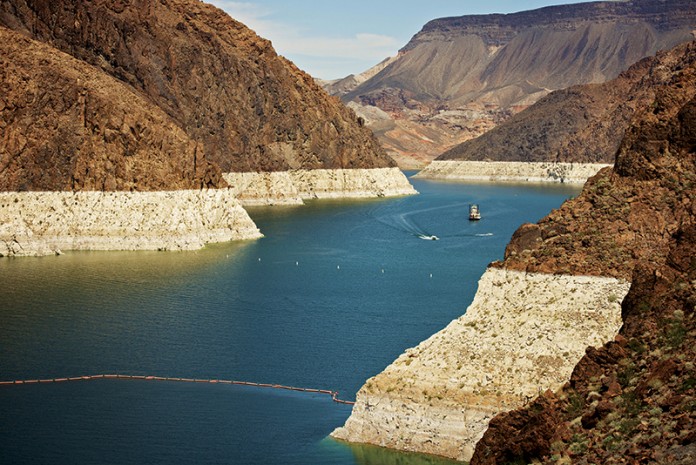
Some degree of leakage is inevitable but most non-revenue water discussions focus only on immediate physical losses within a utility’s distribution and billing. What about all the opportunity costs associated with losses caused by the system?
By David Zetland
In addition to balancing supply and demand for water, private and public utility managers have to balance their financial books. If it costs a system US$1 million to pump, convey, treat and supply water, they must collect US$1 million in revenues back from customers.
Sounds obvious, right? Not according to the ‘dismal science’ of economics. The standard ‘break even’ accounting method turns out to be misleading, even dangerous, for two reasons.
First, it encourages utilities to define non-revenue water (NRW) only as water for which they cannot charge directly (due to leaks, theft, sloppy accounting or uncollected payments). This classification means that utilities may tend to exclude some losses from an NRW calculation as ‘authorised’ or ‘normal’ to save time or effort.
Second, and more importantly, it ignores a key variable: the ‘opportunity cost’ of what water could have earned elsewhere if it had been sold, or what else could have been bought with the money instead of sinking cash into the water which was lost.
This more inclusive, economic definition of non-revenue water highlights four opportunity costs.
The first is the opportunity cost of depriving willing buyers of quality water. In developing countries, legal uncertainties or sub-cost pricing increases this type of non- revenue water as utilities skip or only force intermittent supply on inhabited areas that would gladly pay for safe, reliable provision. In developed countries, people who distrust the quality of their drinking water object to paying more to improve treatment and sanitation. In both cases, the opportunity cost of non-revenue water lies in how it blocks sales to customers, rich or poor, who would pay more for a better service.
With the possible exception of New York, water managers must watch helplessly as their system’s lifeblood is degraded by others. Better management could reduce these losses if they were included in the calculations for non-revenue water

To this, add the second: the opportunity cost of environmental stress and degradation due to excessive water demand–by the system. These costs are manifest in stressed river basins, desiccating wetlands and plunging groundwater tables. No water utility can totally avoid ecological impacts;but non-revenue water losses escalate the costs by increasing needless extractions.
A third opportunity cost arises from water storage. Reservoirs and aquifers are not neatly sealed, like a bottle of water on the shelf. Vast quantities of water evaporate from reservoirs; more water rises off the surface of Lake Mead than Los Angeles consumes. This is an opportunity cost that can be quantified. Aquifers may escape evaporation but remain vulnerable to the opportunity costs of water lost through contamination, agricultural pollution, subsidence and poor land use. With the possible exception of New York, water managers must watch helplessly as their system’s lifeblood is degraded by others. Better management could reduce these losses if they were included in the calculations for non-revenue water.
A final opportunity cost is the price paid by us in the future. When asked, people tend to prefer aquifers and reservoirs that–in six months or six years–are more full than empty. Utilities must consider their answer when it comes to non-revenue water. Water used (or lost) today, after all, means less in the bank for tomorrow.
Only by internalising these opportunity costs can ‘full-revenue water’ systems give managers–and the politicians and regulators who oversee them–the incentive to secure and sell clean water to all customers willing to pay the full cost of a sustainable water supply.







